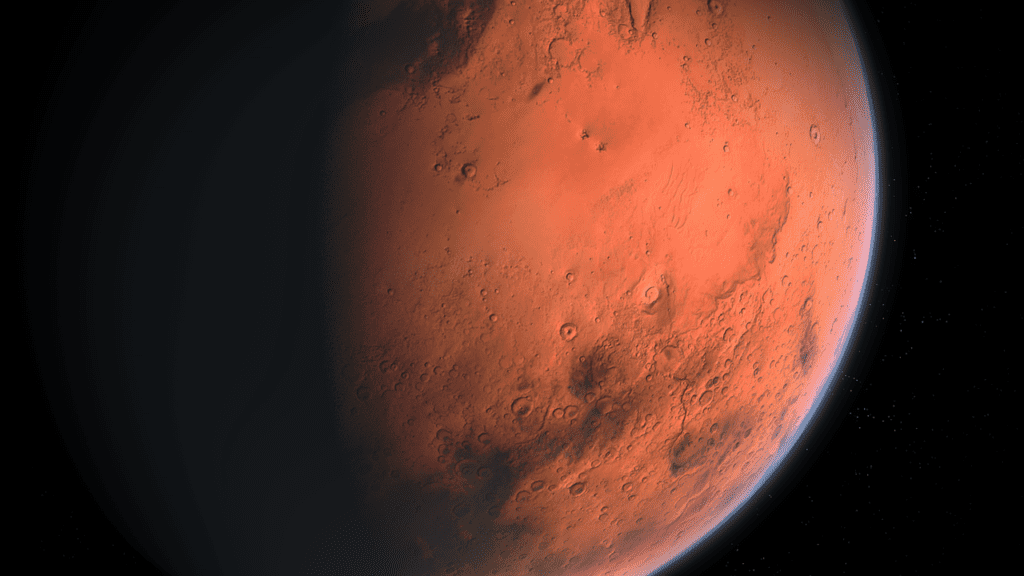Ever fancied living on Mars? Well, we’re one step closer to making that possible, as researchers at NASA have successfully generated oxygen by splitting CO2 molecules in the Martian atmosphere.

The Perseverance rover, which is currently wandering about the surface of Mars, gives us unequivocal proof that oxygen can be extracted from the atmosphere of Mars. Using Moxie, a toaster-sized instrument it came equipped with, the rover has successfully split carbon dioxide molecules in the planet’s atmosphere to produce oxygen.
As there isn’t any feasible way for colonists to bring enough oxygen to survive on Mars, our only chance to establish a colony there is to produce the essential gas on-site. Plants handle that task here on Earth, and making Mars green with plant life could solve this need in the long-term. Until then, we’ll have to rely on other approaches. But, according to new research, this may very well be possible.
Air out of thin air
“This is the first demonstration of actually using resources on the surface of another planetary body, and transforming them chemically into something that would be useful for a human mission,” says Professor Jeffrey Hoffman, Moxie deputy principal investigator from MIT’s Department of Aeronautics and Astronautics.
The Moxie instrument has been activated seven times since February 2021, each time operating at full capacity for one hour. These occasions were used to test the efficiency of the device under various conditions such as different seasons or times of day.
‘Moxie’ stands for ‘Mars Oxygen In-Situ Resource Utilisation Experiment’, and works by splitting carbon dioxide molecules from air into carbon and oxygen atoms. Throughout its seven hours of operation, the device produced around 50 grams of oxygen. This puts it on par with a small tree in oxygen productivity, according to the researchers at MIT who designed and built the device.
The device uses a high-performance air filter to scrub grit from air coming into the device. This air is then compressed to the same pressure on the atmosphere on Earth, and heats it to around 800 degrees Celsius, and passes it to a different tool: SOXE. Soxe, ‘Solid Oxide Electrolysis’, uses an electrical current to extract oxygen from the atmosphere, which is 95% CO2.
During each usage cycle, Moxie twice analyzed its output to check it for purity and ensure it met its target of six grams of oxygen per hour of operation.
Although Moxie is a tiny device, it did succeed as a proof of concept, showcasing that it is possible to mechanically produce oxygen to support colonists on Mars. Apart from being an essential gas for astronauts, oxygen is also an essential component of rocket fuel and would allow colonists to produce their own fuel.
With growing public and private interest in the long-term exploration of Mars, having the ability to produce oxygen on-site would be invaluable.
Going forward, researchers will work to scale up and improve the efficiency of Moxie. While the device currently outputs as much oxygen as a small tree, NASA wants to eventually have a device that can output as much oxygen as a small forest. Such a version of the device could be sent to Mars before the main crew in order to produce and store large quantities of the gas. Around 25 tons of oxygen are needed to launch a rocket that can escape the Martian surface, and the crew should that quantity available in storage in case of emergencies
The paper “Mars Oxygen ISRU Experiment (MOXIE)—Preparing for human Mars exploration” has been published in the journal Science Advances.









